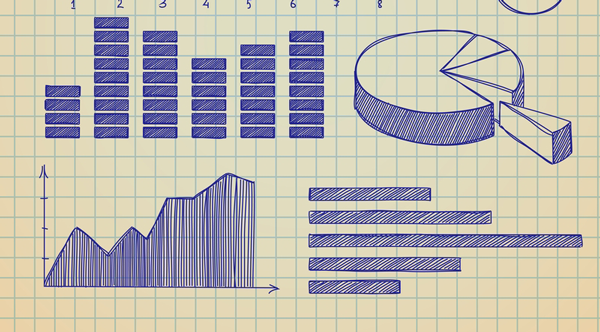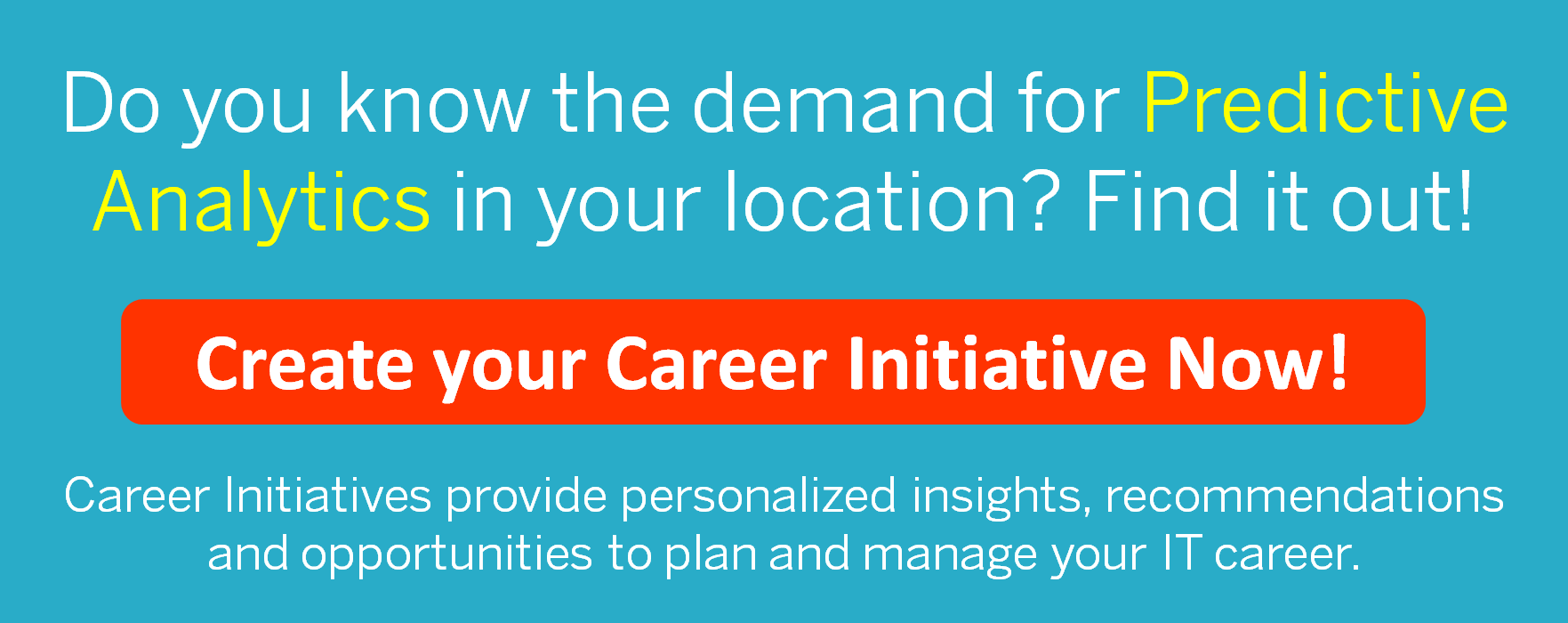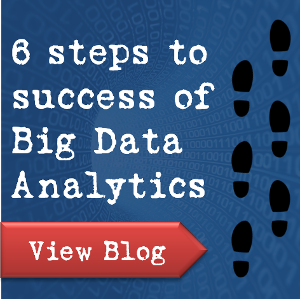Predictive Analytics, Heading Problems Off At The Pass

Nobody can tell the future, but with the growing field of predictive analytics, some companies today are honing their fortune teller skills to identify what their customers want, what they are going to do next, and how to cater products and services to avoid problems and enhance sales. If you have never used this type of analysis, here's a quick overview of how it can help identify potential problems and avoid them, saving time and money, and putting you ahead of your competitors.
What is Predictive Analytics?
The term predictive analytics is sort of an umbrella term for a variety of different data processing and analysis techniques, taking information from statistics and data, mapping historical and current information and behaviors, and using it to predict what might happen next. If it sounds a little like a science fiction movie, it is. The ability to take information about what happened in the past and use it to predict unknown events in the future can not only help you increase sales and boost your bottom line, it can also help you avoid making mistakes that you otherwise might have without knowing the information contained in your analysis.
The use of patterns and trends garnered from historical information can help not only identify opportunities, but also risks that may lie ahead. These analysis models take several different factors into account some that you may not even have known about and review the information in a broad overview model that looks at all the variables, plus the relationships that they have to one another.
A few years ago, the answer to the question about who is using this data might have been a pretty short list, but as companies begin to understand the value that these models have in helping to cut costs, avoid problems, and enhance service to customers, more and more are getting on board to use it. Today it is utilized in a variety of industries, including:
- Marketing
- Financial services
- Insurance
- Telecommunications
- Retail sales
- Travel
- Healthcare and pharmaceuticals
In fact, information technology research and advisory firm Gartner, Inc. predicts that within three years, 70 percent of the most profitable companies will be using some form of analytics or collaborative data models to predict consumer behavior.
How Predictive Data Changes Business
There are several different models that you can apply to data that can help you identify patterns and garner valuable information, depending on what kind of information you want out of the data. For example, you can use predictive models that look at past performance and identify whether or not a person is likely to take a specific action, which can help you more effectively connect with that person through marketing messages.
You can also look at larger data sets and apply descriptive models, which group consumers into larger classifications based on relationships and behaviors. While the information is generalized, it can help develop models that will make better individual predictions of behavior based on consumer classifications.
Finally, decision models are used to review all the aspects that go into a decision-making process, including the external relationships and interactions that affect the decision. There are often used to help companies identify why people make decisions so they can more effectively develop sales and marketing techniques that will push people toward that action.
Avoiding Problems through Analysis
The techniques and information available to companies to make decisions, often collectively referred to as business intelligence, or BI, are wide-ranging and effective, but only when used appropriately. Having a lot of information and great predictive modeling can only go so far; the next step is to apply it to the issue that your company is facing to help avoid problems.
For example, companies that work with customers who present a risk, such as an insurance company, a financial company lending money to customers, or a venture capital firm investing in startup businesses can use predictive analysis to help identify how much risk each customer presents, then use that data to determine who to insure, or who to lend money to.
Another great example of the power of predictive analysis is in fraud prevention. The volume of information exchanged online today makes it easier and easier for criminals to find ways to exploit, steal, and corrupt the information. Predictive models that can identify where potential fraud might take place can help to head it off with added security layers and other prevention methods.


 Nathan
Nathan








